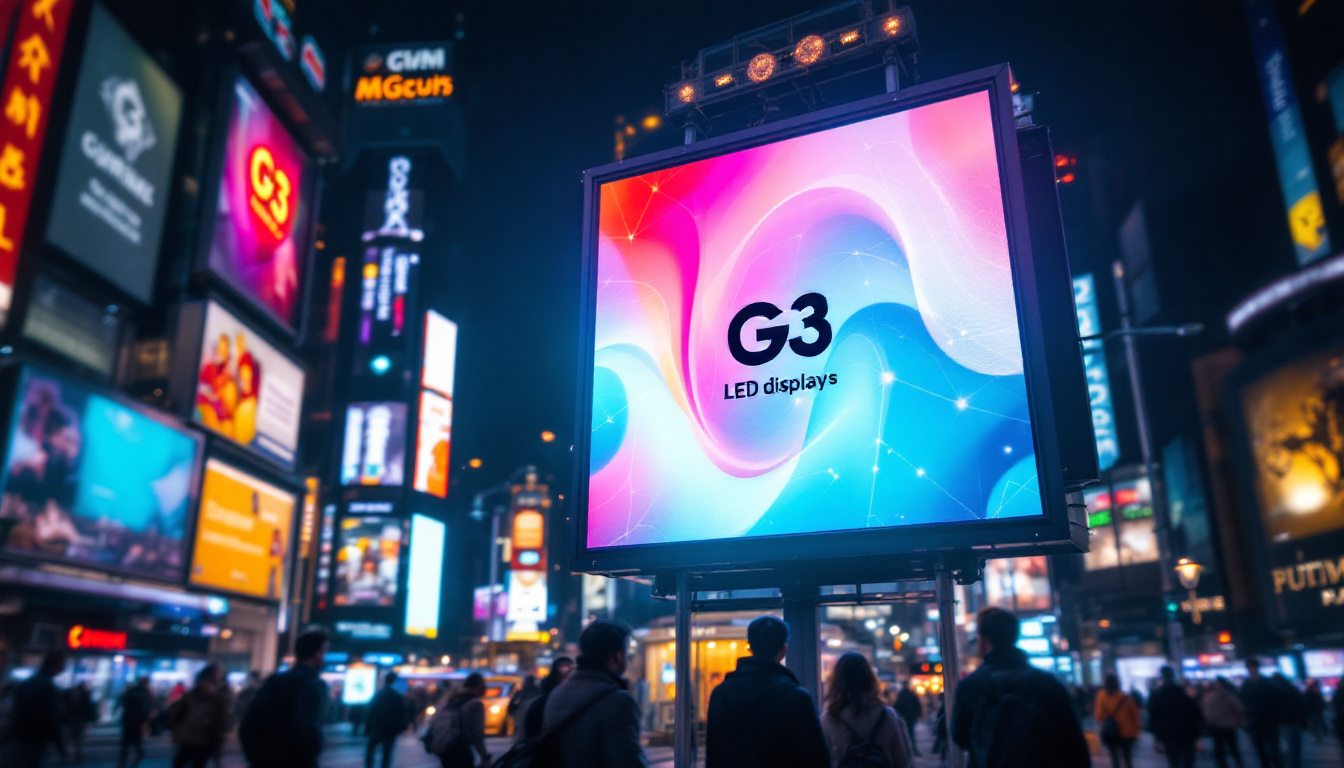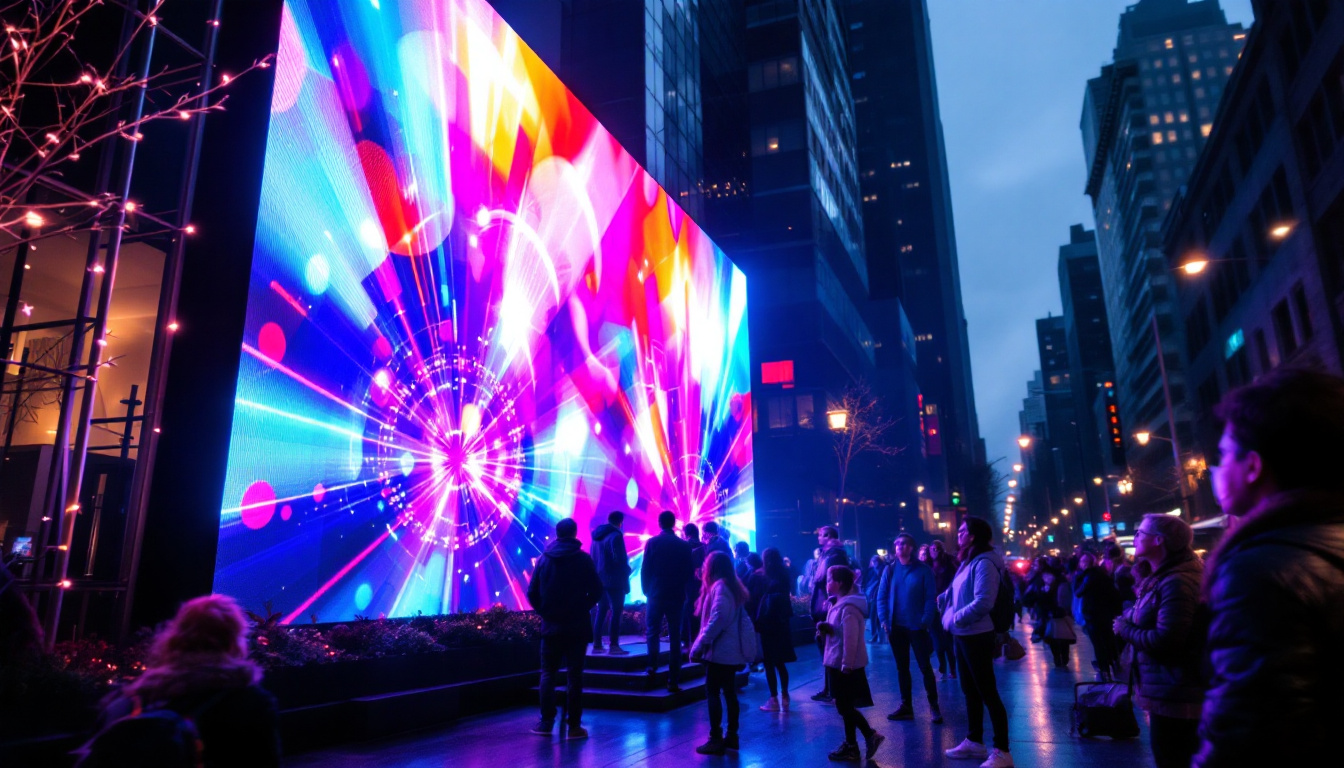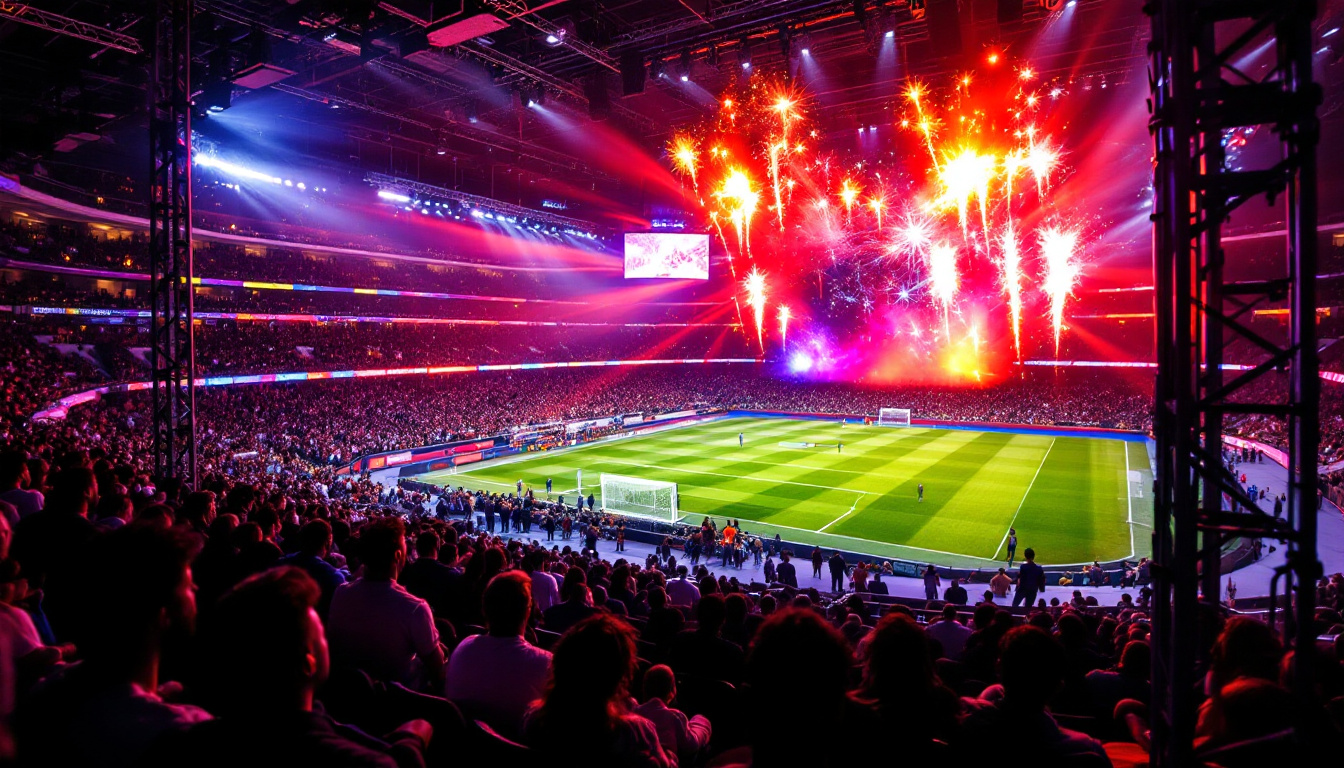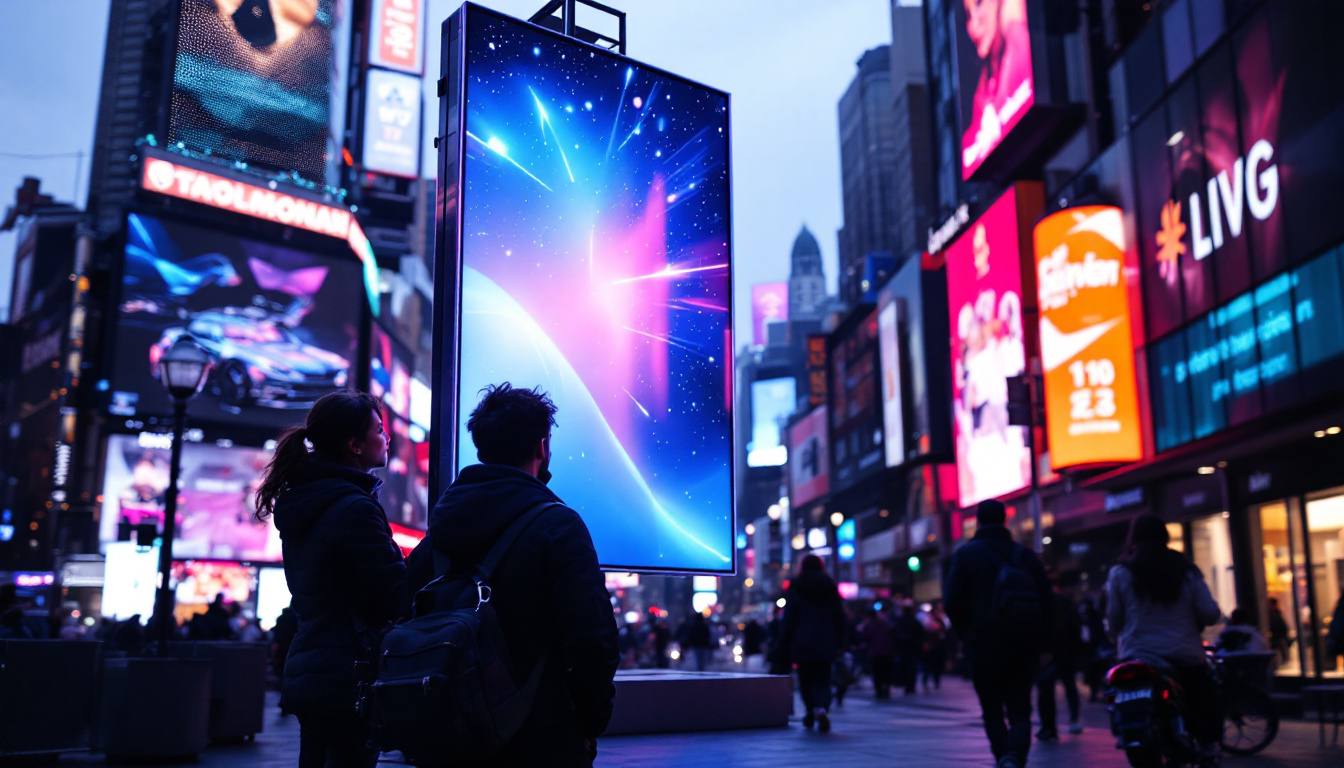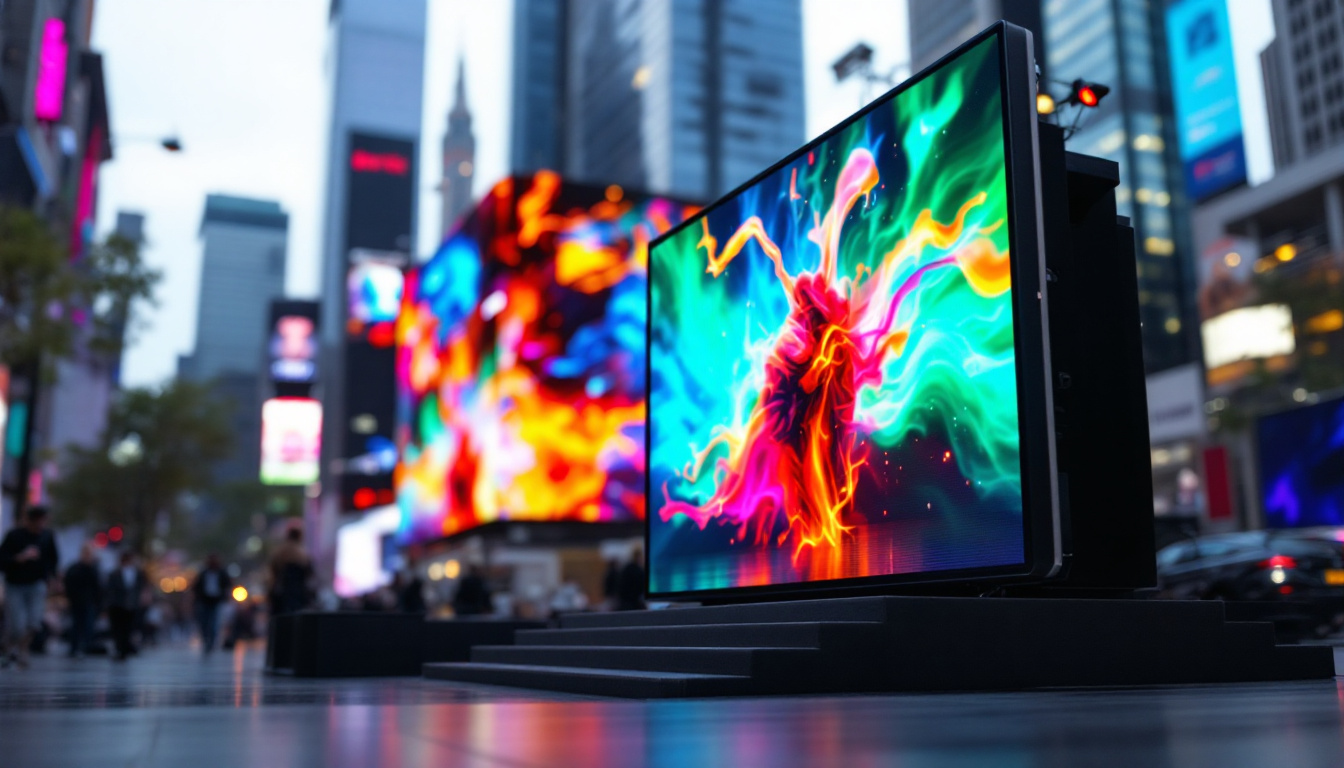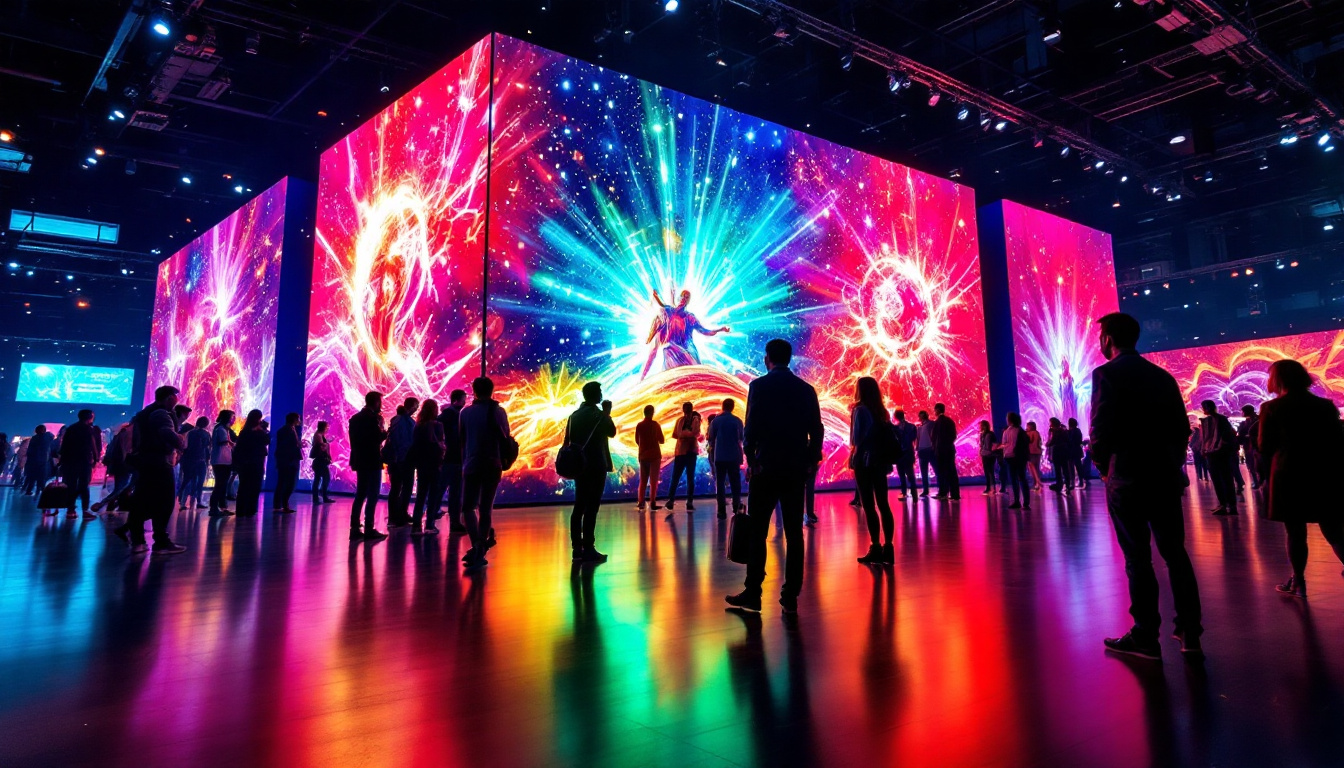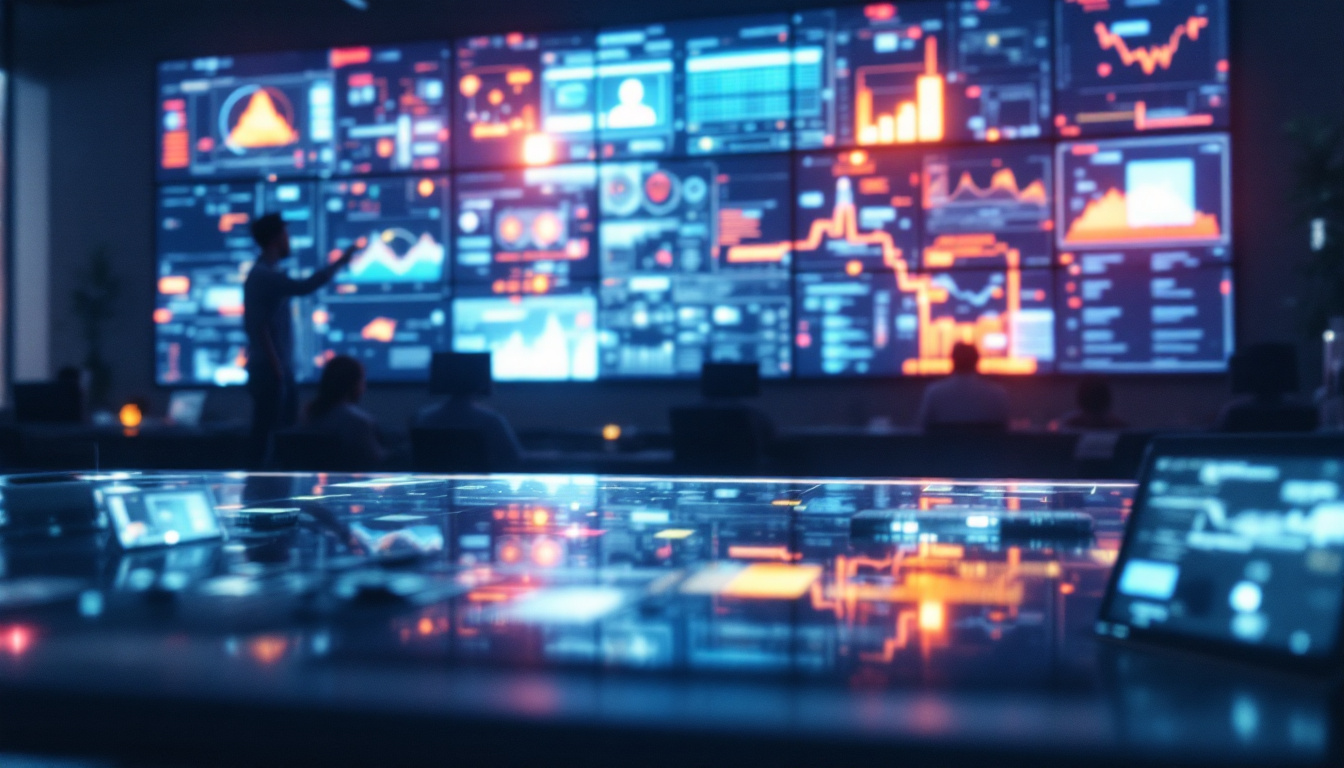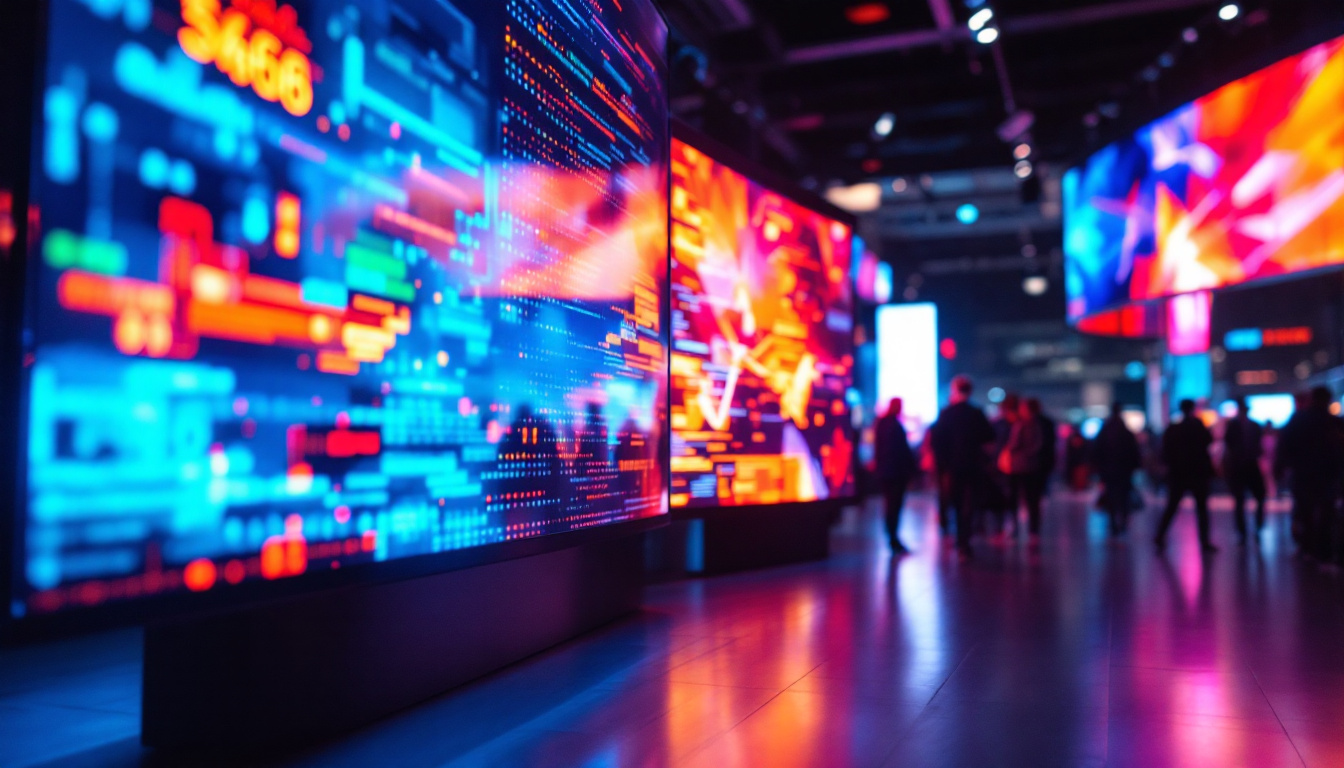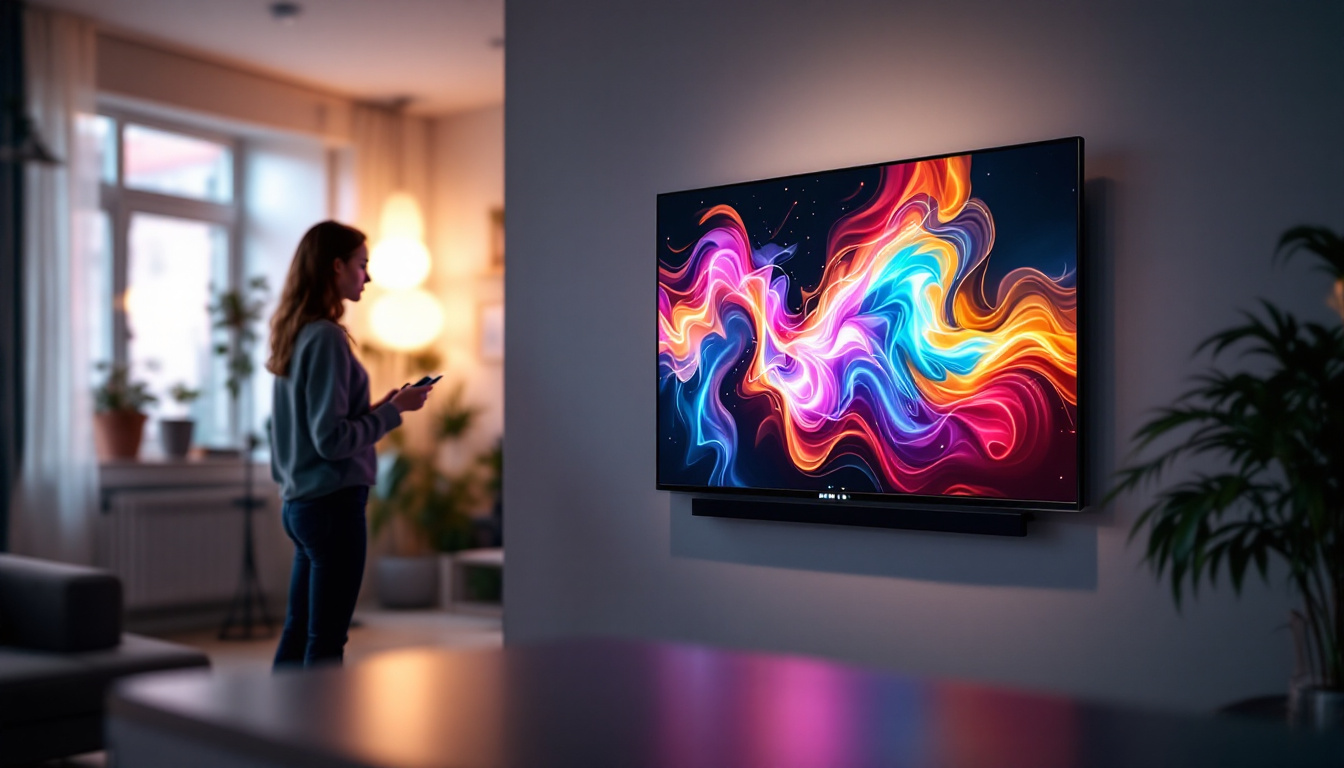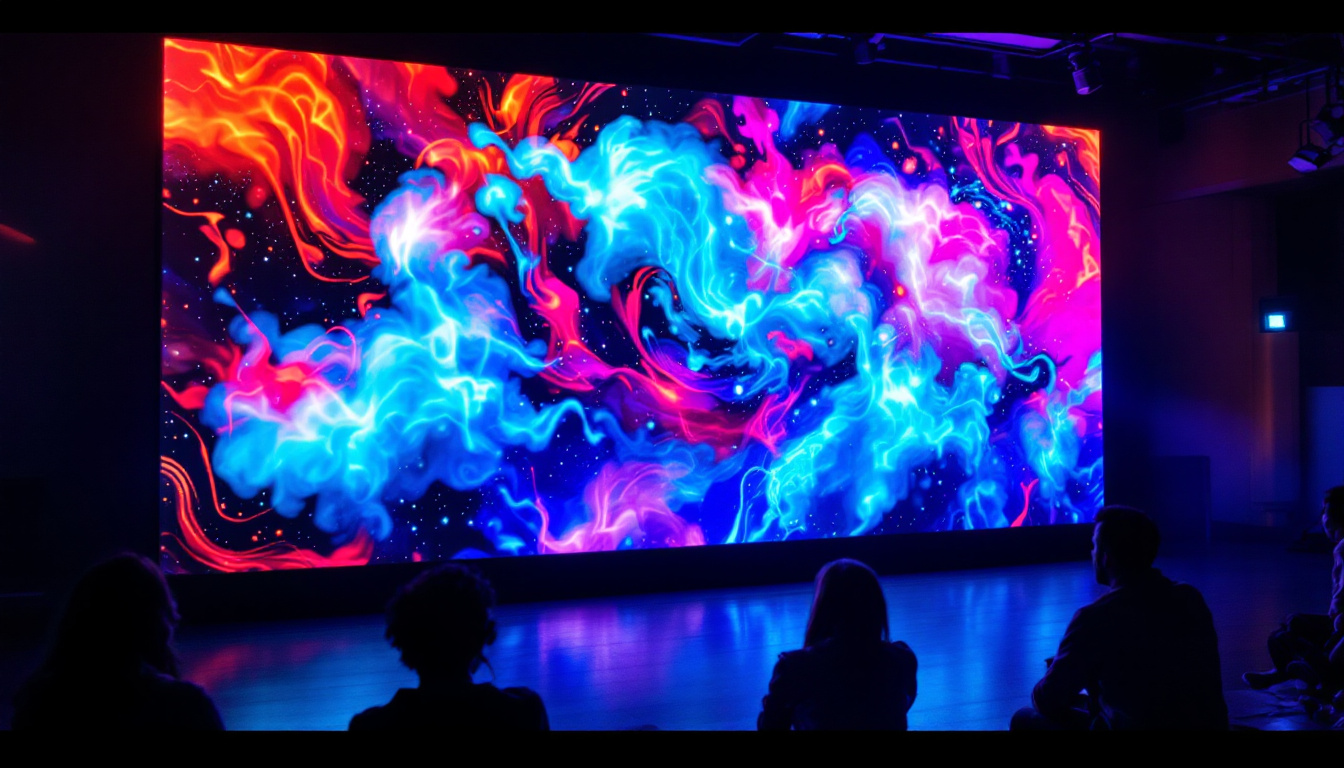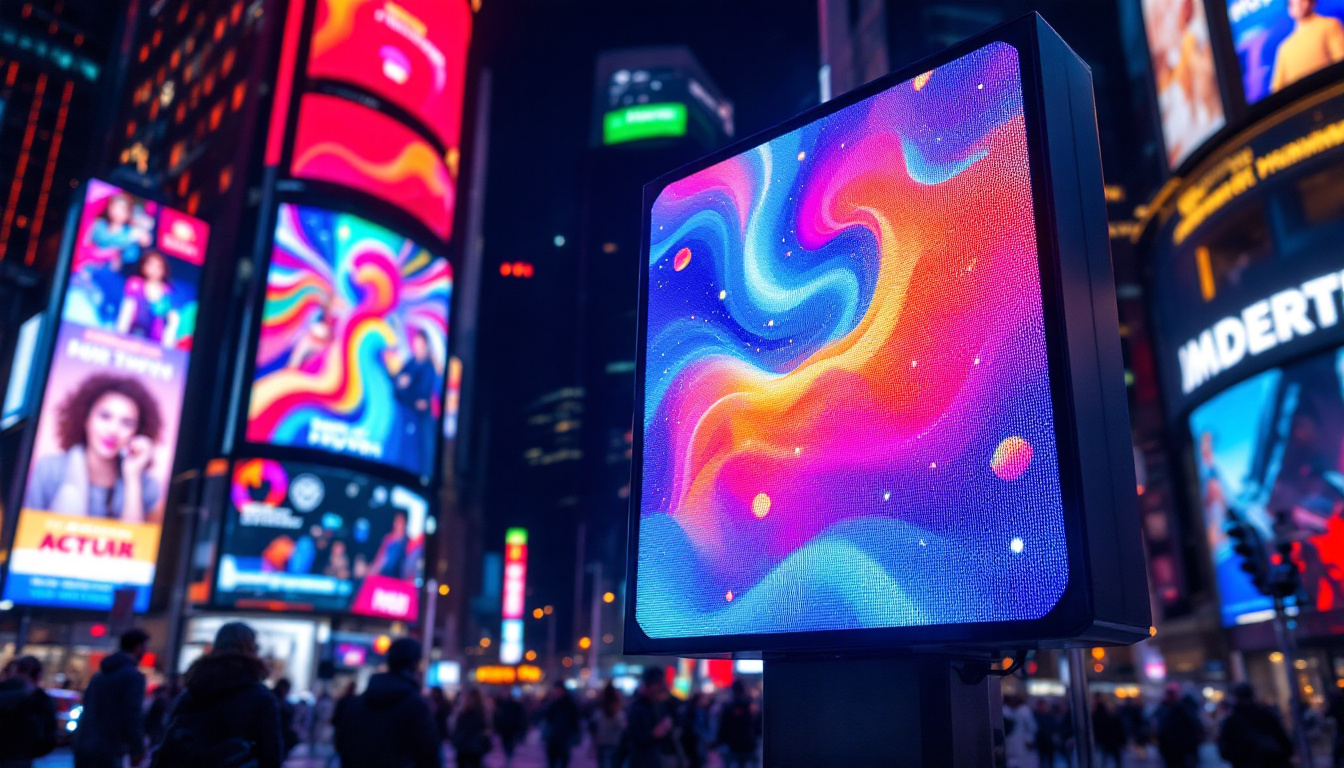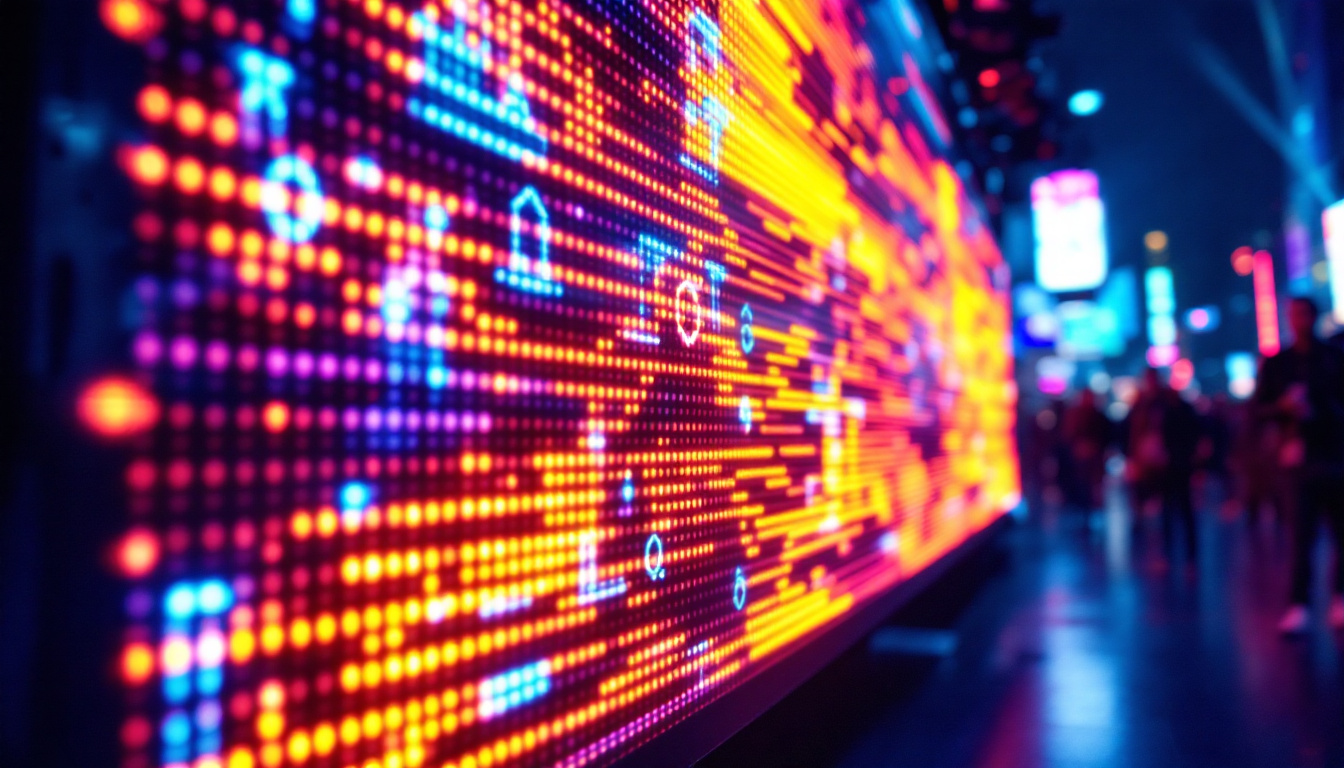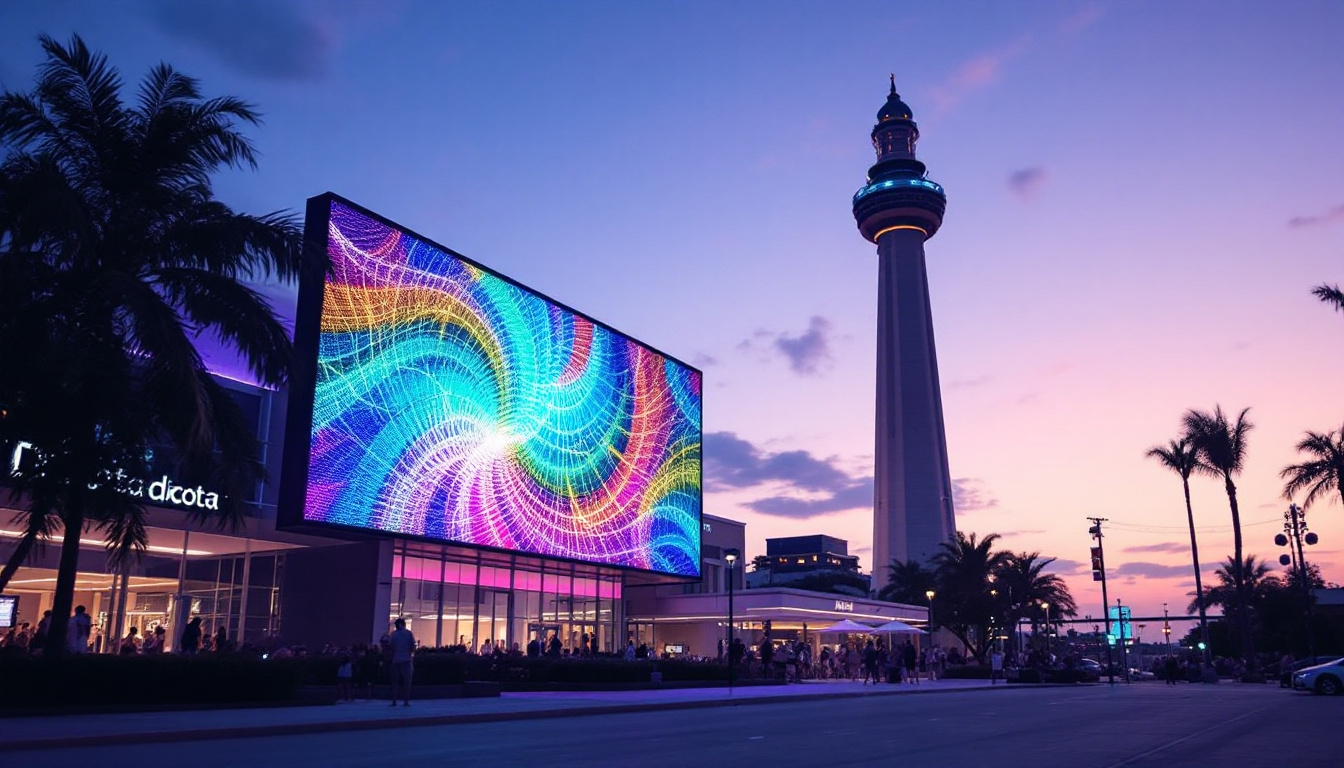In the rapidly evolving landscape of digital technology, LED displays have emerged as a pivotal component across various industries. The G3 Impact Factor, a term that encapsulates the significance of these displays, highlights their influence on visual communication, advertising, and information dissemination. This article delves into the intricacies of LED displays, their applications, and the implications of the G3 Impact Factor in today’s digital age.
Understanding LED Displays
LED (Light Emitting Diode) displays are a type of flat panel display technology that utilizes light-emitting diodes to produce images and videos. Unlike traditional LCDs or CRTs, LED displays offer superior brightness, contrast, and energy efficiency. These displays are not only lightweight and slim but also provide a wider viewing angle, making them suitable for various applications.
The Technology Behind LED Displays
The fundamental technology behind LED displays involves the use of semiconductor materials that emit light when an electric current passes through them. This process allows for vibrant colors and sharp images. The two main types of LED displays are:
- Direct View LED: These displays consist of individual LED modules that form the entire screen, providing excellent brightness and color accuracy.
- LED-backlit LCD: In this configuration, LEDs are used to illuminate an LCD panel, enhancing color and contrast while maintaining the benefits of traditional LCD technology.
Key Features of LED Displays
LED displays come with a variety of features that make them highly desirable for both commercial and personal use. Some of the most notable features include:
- High Brightness: LED displays are capable of producing bright images, making them ideal for outdoor use.
- Energy Efficiency: LED technology consumes less power compared to traditional display technologies, resulting in lower operational costs.
- Longevity: LED displays have a longer lifespan, often lasting tens of thousands of hours, which reduces the need for frequent replacements.
The G3 Impact Factor Explained
The G3 Impact Factor refers to the three dimensions of influence that LED displays have in various sectors: Graphics, Growth, and Global Reach. Understanding these dimensions provides insight into why LED technology is becoming increasingly integral in modern communication strategies.
Graphics: The Visual Appeal
One of the most significant advantages of LED displays is their ability to deliver stunning graphics. The vivid colors and high resolution make them ideal for advertising, entertainment, and information sharing. Businesses are leveraging this visual appeal to attract customers and convey messages more effectively.
For instance, in retail environments, LED displays are often used for dynamic signage that can change content in real-time. This capability allows businesses to promote special offers, highlight new products, or provide essential information, all while capturing the attention of passersby.
Growth: Economic and Market Expansion
The economic impact of LED displays is profound. As more businesses adopt this technology, the market for LED displays continues to grow exponentially. According to recent market research, the global LED display market is projected to reach significant milestones in the coming years, driven by increased demand in sectors such as retail, transportation, and entertainment.
This growth is not only limited to the market size but also includes job creation and technological advancements. As companies invest in LED technology, they often require skilled professionals for installation, maintenance, and content creation, thereby fostering economic development.
Global Reach: Connecting Across Borders
LED displays are not confined to local markets; their global reach is one of the defining characteristics of the G3 Impact Factor. With the advent of digital communication, LED displays have become a universal medium for conveying information and advertising.
From Times Square in New York City to the bustling streets of Tokyo, LED displays are a common sight, transcending language barriers and cultural differences. This global presence allows brands to connect with diverse audiences, enhancing their visibility and impact.
Applications of LED Displays
LED displays are versatile and can be found in a multitude of applications. Their adaptability makes them suitable for various environments, from commercial spaces to public venues. Below are some of the key applications where LED displays are making a significant impact.
Advertising and Marketing
In the realm of advertising, LED displays have revolutionized the way brands communicate with consumers. Digital billboards and storefront displays allow for dynamic content that can be updated instantly. This flexibility enables businesses to tailor their messages to specific audiences and times, maximizing engagement and conversion rates.
Moreover, the high visibility of LED displays ensures that advertisements reach a broader audience, making them an effective tool for brand promotion. The ability to display vibrant colors and high-definition images further enhances the effectiveness of marketing campaigns.
Entertainment and Events
LED displays play a crucial role in the entertainment industry, particularly in concerts, sports events, and festivals. Large LED screens are commonly used to provide live feeds, visual effects, and promotional content, creating an immersive experience for attendees.
In addition, the use of LED technology in stage design and set production allows for creative and dynamic presentations that captivate audiences. The flexibility of LED displays enables event organizers to create stunning visuals that enhance the overall atmosphere of the event.
Transportation and Public Information
LED displays are increasingly being utilized in transportation systems for real-time information dissemination. Train stations, airports, and bus terminals employ LED screens to provide travelers with updates on schedules, delays, and other essential information.
This application not only improves the efficiency of public transport systems but also enhances the overall travel experience. By providing clear and timely information, LED displays help reduce confusion and improve passenger satisfaction.
Advantages of LED Displays
The advantages of LED displays extend beyond their visual appeal and versatility. Several factors contribute to their growing popularity across various sectors.
Energy Efficiency and Sustainability
One of the most compelling benefits of LED displays is their energy efficiency. Consuming significantly less power than traditional display technologies, LED displays contribute to lower energy costs and reduced carbon footprints. This aspect is particularly important in an era where sustainability is a key concern for businesses and consumers alike.
Furthermore, many LED displays are designed with recyclable materials, aligning with global sustainability initiatives. As companies strive to reduce their environmental impact, adopting LED technology becomes a viable solution.
Cost-Effectiveness
While the initial investment in LED displays may be higher than traditional options, the long-term cost savings are substantial. The longevity and durability of LED technology mean fewer replacements and lower maintenance costs over time. Additionally, the energy savings contribute to a quicker return on investment, making LED displays a financially sound choice for businesses.
Enhanced Visibility and Engagement
LED displays provide unparalleled visibility, even in bright sunlight or challenging lighting conditions. This capability ensures that messages are seen and understood, regardless of the environment. The engaging nature of dynamic content also fosters higher levels of interaction and engagement from viewers.
As a result, businesses that utilize LED displays often experience increased foot traffic and customer interaction, ultimately leading to higher sales and brand loyalty.
Challenges and Considerations
Despite the numerous advantages, there are challenges associated with the implementation of LED displays that must be considered. Understanding these challenges can help organizations make informed decisions when integrating this technology.
Initial Investment and Budget Constraints
The initial cost of purchasing and installing LED displays can be a significant barrier for some businesses, especially small enterprises. While the long-term savings are evident, the upfront investment may deter organizations from making the switch to LED technology.
To address this challenge, businesses can explore financing options, leasing arrangements, or phased implementations that allow for gradual investment over time.
Content Management and Maintenance
Another consideration is the need for effective content management and maintenance. Businesses must ensure that they have the resources and expertise to create engaging content and maintain the displays properly. This requirement may involve hiring specialized personnel or investing in training for existing staff.
Additionally, regular maintenance is essential to ensure optimal performance and longevity. Organizations should establish a maintenance schedule and budget for repairs to avoid unexpected costs down the line.
Technological Advancements
The rapid pace of technological advancements in the LED display industry can also pose challenges. As new features and capabilities are developed, businesses may find themselves needing to upgrade their systems more frequently than anticipated.
To mitigate this issue, organizations should focus on scalability and flexibility when selecting LED display solutions. Investing in modular systems can allow for easier upgrades and adjustments as technology evolves.
The Future of LED Displays
The future of LED displays looks promising, with ongoing advancements in technology and increasing adoption across various sectors. As the demand for high-quality visual communication continues to rise, LED displays are poised to play an even more significant role in shaping how information is shared and consumed.
Innovations on the Horizon
Emerging technologies such as flexible LED displays, transparent screens, and interactive displays are set to revolutionize the industry. These innovations will expand the possibilities for creative applications, enabling businesses to engage audiences in new and exciting ways.
Moreover, advancements in artificial intelligence and machine learning may enhance content management and personalization, allowing for more targeted messaging that resonates with viewers.
Integration with Smart Technologies
As smart technologies become increasingly prevalent, the integration of LED displays with IoT (Internet of Things) devices is likely to enhance their functionality. This integration could lead to real-time data display, interactive experiences, and improved audience engagement.
For instance, LED displays could be connected to social media feeds, allowing for live updates and interactions during events or marketing campaigns. This level of interactivity can create a more immersive experience for viewers, further solidifying the role of LED displays in modern communication.
Conclusion
In conclusion, the G3 Impact Factor highlights the multifaceted influence of LED displays in today’s digital landscape. With their superior graphics, economic growth potential, and global reach, LED displays are transforming the way businesses communicate and engage with their audiences. While challenges exist, the advantages of LED technology far outweigh the drawbacks, making it a compelling choice for organizations across various sectors.
As technology continues to evolve, the future of LED displays promises even greater innovations and applications. Embracing this technology is not just a trend; it is a strategic move towards enhancing visibility, engagement, and overall communication effectiveness in an increasingly digital world.
Discover LumenMatrix LED Display Solutions
Ready to harness the power of the G3 Impact Factor with cutting-edge LED display technology? Look no further than LumenMatrix, the forefront innovator dedicated to enhancing your brand’s visibility and creating immersive visual experiences. From Indoor and Outdoor LED Wall Displays to specialized solutions like Vehicle, Sports, and Custom LED Displays, LumenMatrix offers a comprehensive range of products designed to captivate your audience and communicate your message with unparalleled clarity. Don’t miss the opportunity to transform your visual communication strategy. Check out LumenMatrix LED Display Solutions today and step into the future of digital engagement.

